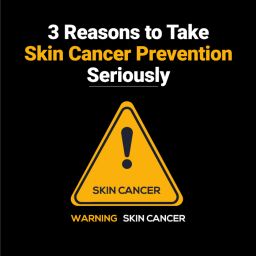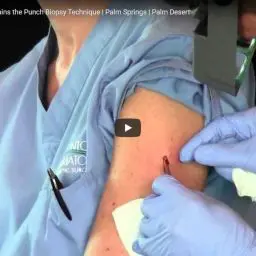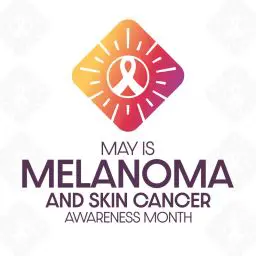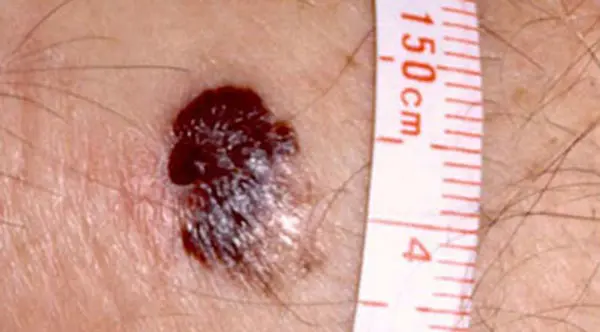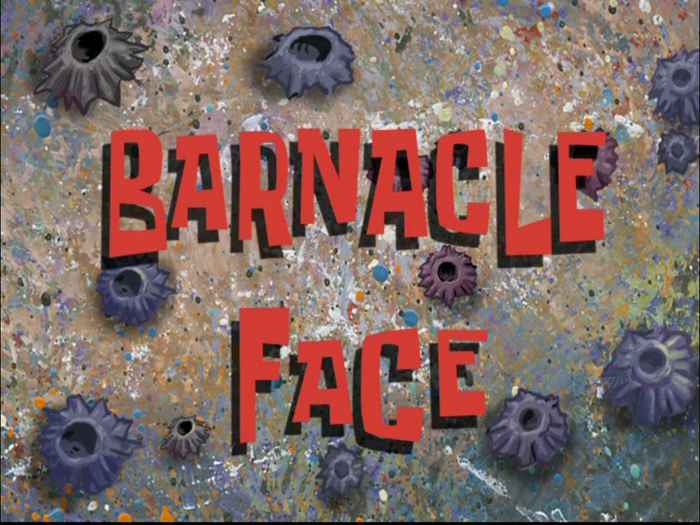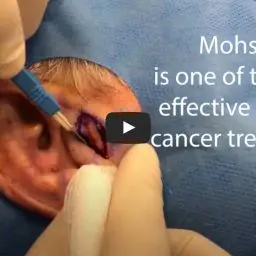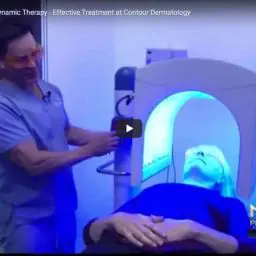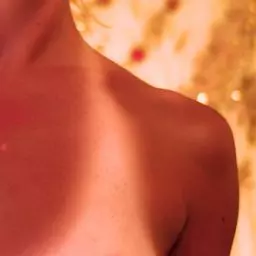Blue Light Photodynamic Therapy
Treats Pre-Cancerous Actinic Keratoses
Dr. Timothy Jochen, Board Certified Dermatologist with Contour Dermatology and Cosmetic Surgery Center in Rancho Mirage, La Quinta, Palm Springs and Loma Linda, California, discusses how Blue Light Photodynamic Therapy treats pre-cancerous actinic keratoses as well as acne.
Treatment of actinic keratoses (AK) patients also involves the addition of Levulan – a light-sensitizing agent. Blue Light therapy has a 90% cure rate for AK. Treatment of AK is typically covered by insurance.
What are Actinic Keratoses?
Actinic keratoses (AKs) are common pre-cancerous skin lesions caused by excessive sun exposure. They appear as rough, scaly patches or crusts on sun-exposed areas, such as the face, hands, and arms. If left untreated, AKs can progress to squamous cell carcinoma (SCC), a type of skin cancer. Photodynamic therapy (PDT) with blue light is a non-invasive treatment option for AKs.
Photodynamic Therapy Explained
PDT (Photodynamic Therapy) with blue light involves applying a photosensitizing agent to the AKs, followed by illumination with blue light. The photosensitizer selectively accumulates in the AKs cells, making them sensitive to the blue light. When the light is applied, it activates the photosensitizer, leading to the production of reactive oxygen species (ROS) that damage and eliminate the AKs cells. PDT is typically performed as a single treatment session, but additional sessions may be required for larger or more resistant AKs.
PDT with blue light has several advantages over other treatments for AKs. It is non-invasive, has minimal side effects, and can be repeated as needed. Compared to surgical excision or cryotherapy, PDT preserves the surrounding healthy skin and does not leave scars. Additionally, PDT has been shown to be effective in treating large areas of AKs and reducing the risk of SCC development. It is a valuable treatment option for individuals who have multiple or widespread AKs and are at high risk for skin cancer.







